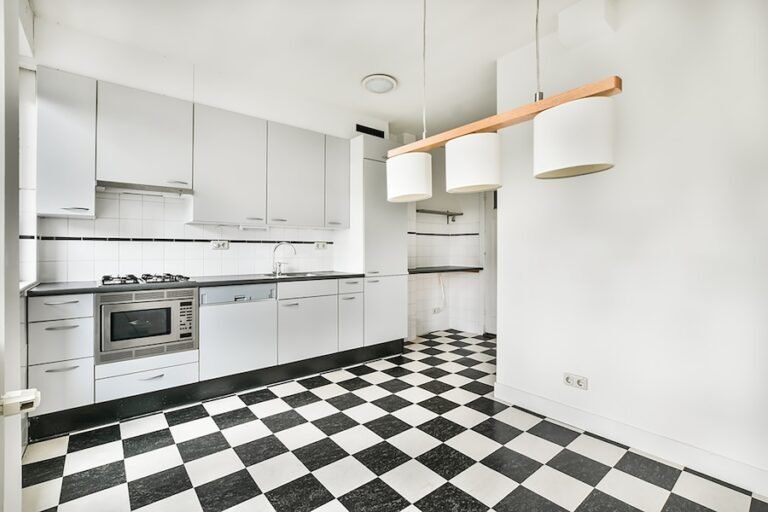Elevating Spaces with Sanitaryware Tiles: A Comprehensive Guide to Selection and Application.
Sanitaryware tiles play a pivotal role in transforming ordinary spaces into stylish and functional areas. These tiles, specifically designed for wet spaces like bathrooms and kitchens, not only serve practical purposes but also contribute to the overall aesthetic of the room. In this article, we will explore the world of sanitaryware tiles, covering types, design considerations, and tips for choosing and applying these tiles to enhance the elegance and hygiene of your living spaces.
To Know More About It Please Click Here
Understanding Sanitaryware Tiles
- Ceramic and Porcelain Tiles:
- Sanitaryware tiles are primarily made from ceramic or porcelain materials known for their water-resistant and durable properties. Porcelain tiles, in particular, are highly preferred for their low water absorption rate, making them ideal for wet environments.
- Glazed and Unglazed Tiles:
- Sanitaryware tiles are available in both glazed and unglazed options. Glazed tiles have a protective layer that adds a glossy finish and enhances resistance to water, stains, and scratches. Unglazed tiles, on the other hand, offer a more natural and textured appearance.
- Mosaic Tiles:
- Mosaic sanitaryware tiles, typically smaller in size, offer versatility in design. They can be used to create intricate patterns, accent walls, or add a touch of artistic flair to bathroom spaces.
Design Considerations for Sanitaryware Tiles
- Color Palette:
- Choose colors that align with the overall theme of your bathroom or kitchen. Lighter tones can make spaces appear larger, while darker hues add warmth and sophistication.
- Tile Patterns:
- Consider various tile patterns, such as herringbone, subway, or hexagonal designs, to add visual interest. Mix and match different patterns for a unique and customized look.
- Texture and Finish:
- The texture and finish of sanitaryware tiles can significantly impact the overall aesthetic. Choose a finish that complements the design style, whether it’s a sleek glossy finish for a modern look or a textured finish for a more rustic feel.
- Size and Layout:
- The size and layout of the tiles influence the perceived size of the space. Larger tiles can create a seamless look with fewer grout lines, while smaller tiles allow for intricate patterns and designs.
Tips for Choosing and Applying Sanitaryware Tiles
- Water Resistance:
- Ensure that the selected tiles have high water resistance, especially for areas prone to splashes and spills. This is crucial in maintaining the longevity and integrity of the tiles.
- Easy Maintenance:
- Opt for tiles that are easy to clean and maintain. Smooth, glazed surfaces are less prone to staining and facilitate hassle-free cleaning.
- Professional Installation:
- Hire a professional for the installation of sanitaryware tiles to ensure precision and longevity. Proper installation is crucial for preventing water leakage and maintaining the tiles’ integrity over time.
- Ventilation:
- Adequate ventilation is essential for areas with sanitaryware tiles. Proper ventilation helps in preventing the growth of mold and mildew, ensuring a hygienic and healthy environment.
To Know More About It Please Click Here
Conclusion: Sanitaryware tiles are not merely functional components; they are design elements that can elevate the aesthetic appeal of bathrooms and kitchens. By understanding the various types, design considerations, and application tips, homeowners can make informed choices that align with their style preferences while ensuring durability and hygiene in wet spaces. Whether aiming for a sleek modern look or a more traditional feel, the right selection of sanitaryware tiles can turn these functional spaces into beautiful and practical retreats.








